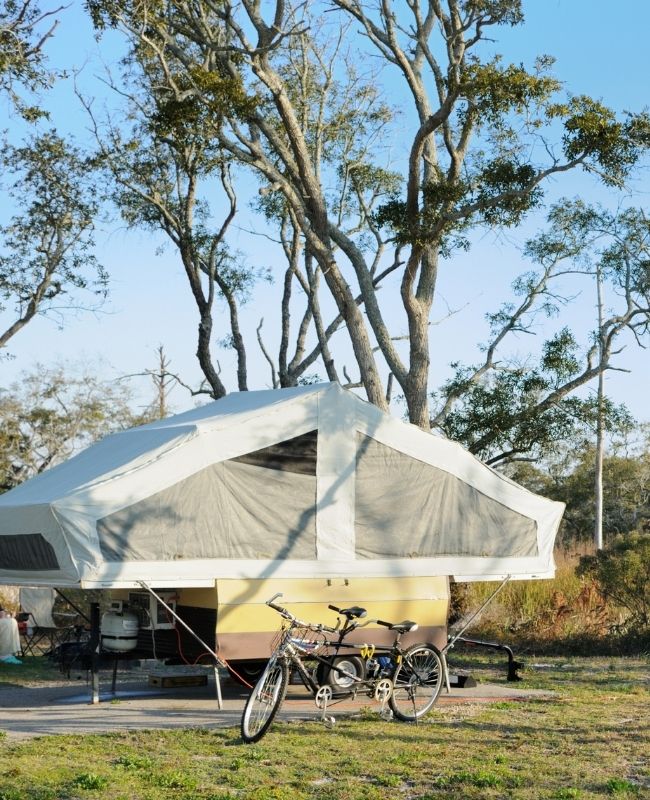A Race Against Time for UNESCO World Heritage Sites
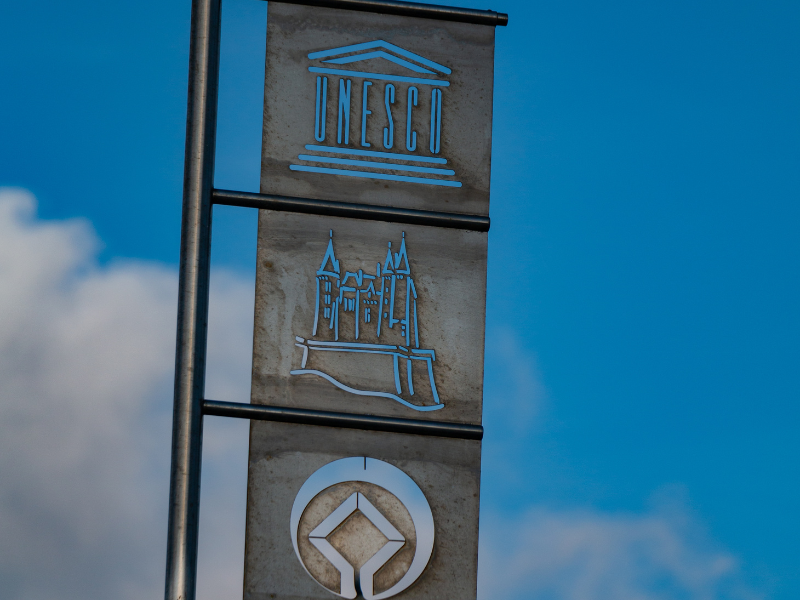
What Is UNESCO and Why Does It Matter to Travelers?
UNESCO stands for the United Nations Educational, Scientific, and Cultural Organization. It began in 1945. Its goal is to help countries work together through education, science, and culture. By sharing knowledge, UNESCO hopes to build peace around the world. Today, 194 countries are members. The main office is in Paris, France, but UNESCO also has offices in many other places. It works with schools, governments, and communities to protect learning and culture. For travelers, UNESCO plays a big role in keeping the world’s most special places safe. These are called UNESCO World Heritage sites.
What Are UNESCO World Heritage Sites?
One of UNESCO’s most important jobs is to protect special places around the world. These places are called World Heritage Sites. Some are natural, like forests, rivers, or mountains. Others were made by people, such as temples, castles, or ancient cities. A site must have great cultural or natural value to be added to the list. There are over 1,100 World Heritage Sites today. Some of them face danger from war, pollution, or climate change. When that happens, UNESCO adds the site to a “Danger List” to bring attention and help. Only three sites have ever been removed completely.
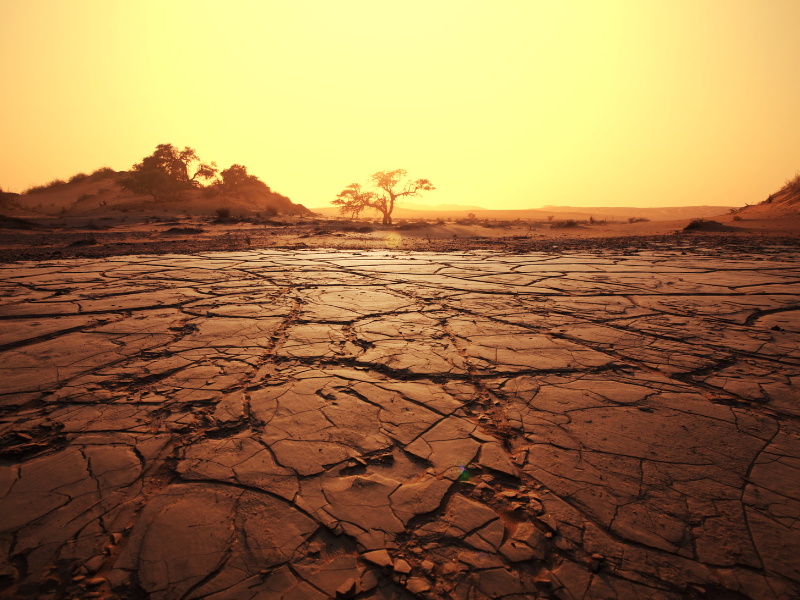

How Water Is Hurting World Heritage Sites
We visit these sites to feel amazed. We walk through ancient cities, sacred temples, and quiet forests. Many of these places once depended on water. But now, water has become one of their biggest threats. Too much or too little water can harm buildings, landscapes, and entire communities. According to the World Resources Institute, over 73% of World Heritage Sites on land face serious water problems. These problems include floods, droughts, and disappearing groundwater. If these issues continue, we could lose not just history, but the stories and cultures that connect us.
The Growing Water Crisis at UNESCO World Heritage Sites
Many World Heritage Sites are already in areas with not enough water. Almost 40% of them face high water stress. This means there isn’t enough clean water to meet the needs of people or the land. Experts believe this number could grow to 44% by the year 2050. Some of the most at-risk places are in the Middle East, where ancient cities are running dry. In North Africa, shrinking oases threaten important landmarks. In South Asia, changing monsoon seasons and poor water planning make things worse. And in northern China, rivers are drying up due to overuse. These places are beautiful, but without action, they may suffer lasting damage.
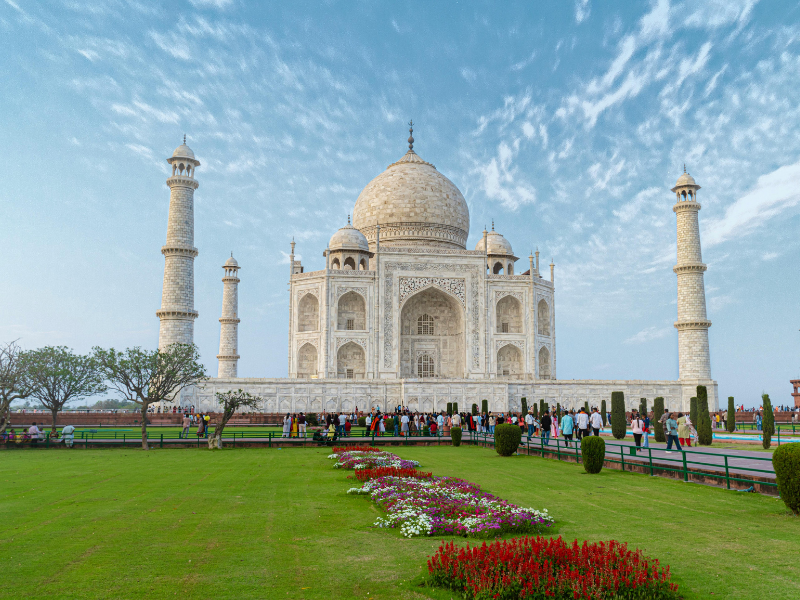
Drought and Polluted Water Are Damaging UNESCO Sites
When groundwater drops, bad things happen underground. Dirty water can rise and damage buildings from below. In India, the Taj Mahal faces this exact problem. As the water levels fall near the city of Agra, waste and chemicals pollute the remaining water. This pollution slowly stains the white marble and weakens the base of the structure. Other sites near rivers or underground water are also at risk. When the land dries out, it can crack and shift, causing old walls to break and fall.
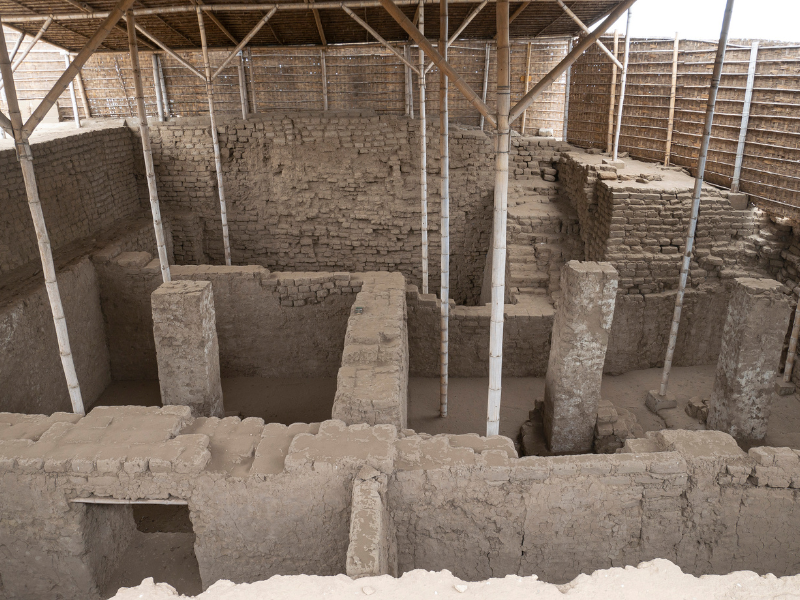
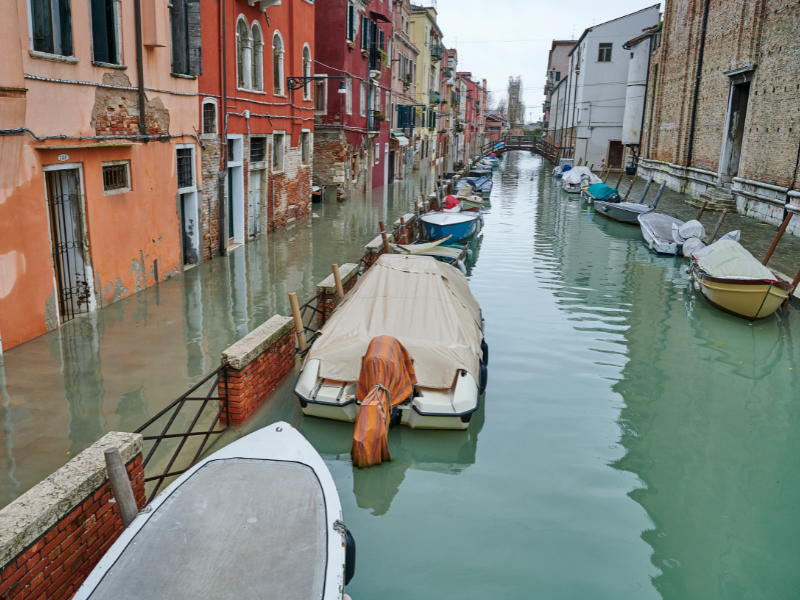
Flooding from Storms and Rising Seas
As storms grow stronger, flooding is becoming more common. Right now, one out of every three World Heritage Sites is at risk of river flooding. In 2022, Yellowstone National Park in the U.S. faced major floods. Roads were washed away, and the park was closed for repairs. Floods in 2022 caused more than $20 million in damage. Coastal sites face a different threat. Rising sea levels and saltwater actively break down ancient buildings. In Peru, rain and sea spray wear away the mud-brick walls of Chan Chan. Wet seasons soak the bricks, and dry heat causes them to crack and crumble. Venice in Italy, Kilwa Kisiwani in Tanzania, and historic coastal forts around the world face the same risks. Builders long ago never designed these places to withstand today’s extreme weather.

Fires Are Burning Through Forested Heritage Sites
Wildfires are another growing threat. Since 2001, fires have caused about 75% of the tree loss in protected heritage forests. The worst damage has been in North America, Russia, and Siberia. But fire is now a threat in many other parts of the world, too. These fires are mostly caused by hotter, drier weather linked to climate change. When trees burn, they release carbon into the air. This adds even more heat to the planet. The cycle continues: hotter weather causes more fires, and more fires cause hotter weather.

When Water Leads to Conflict
When water becomes scarce, people compete for it. This can lead to conflict, and that often puts nearby heritage sites in danger. UNESCO says water disputes can stop conservation work and make things worse. In Iraq, ancient wetlands are drying up due to dams and fighting. In places like the Nile or Mekong River, changes made upstream can harm life and heritage downstream. Farmers living near protected areas may take water for crops. They often don’t know their actions may be hurting the site nearby. When water becomes a source of tension, it’s harder to keep these sites safe.
UNESCO’s Danger List: A Call for Help
To bring more support, UNESCO keeps a list of places in serious trouble. It’s called the World Heritage in Danger list. Today, 56 sites are on it. These include national parks, old cities, and famous landmarks. A site can be listed for many reasons, like war, pollution, too many visitors, poor water use, or climate change. Being on the list is not a punishment. It’s a way to ask for help. The list can bring money, expert help, and worldwide attention. With that support, some places get better and come off the list.
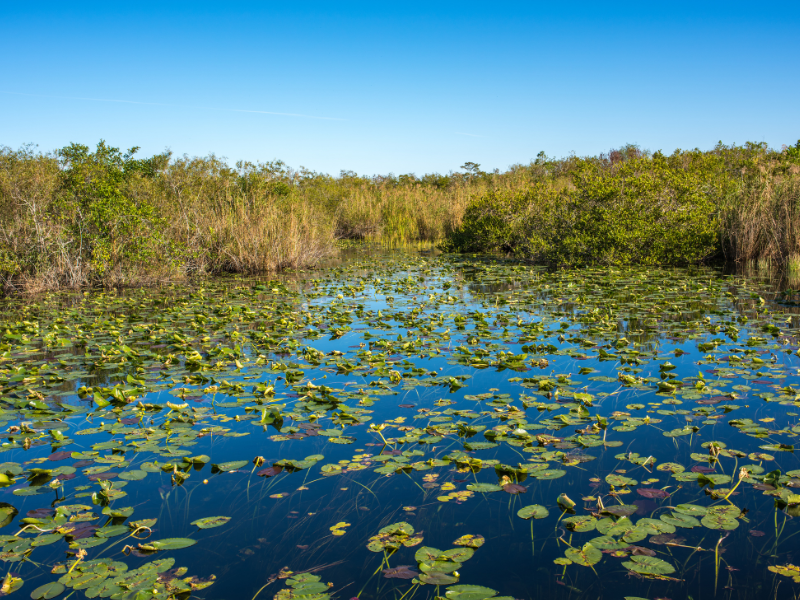
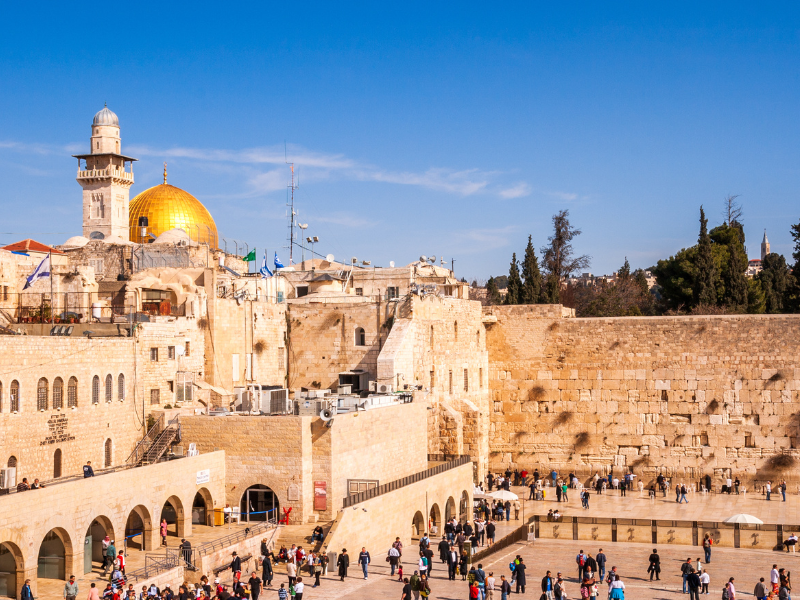
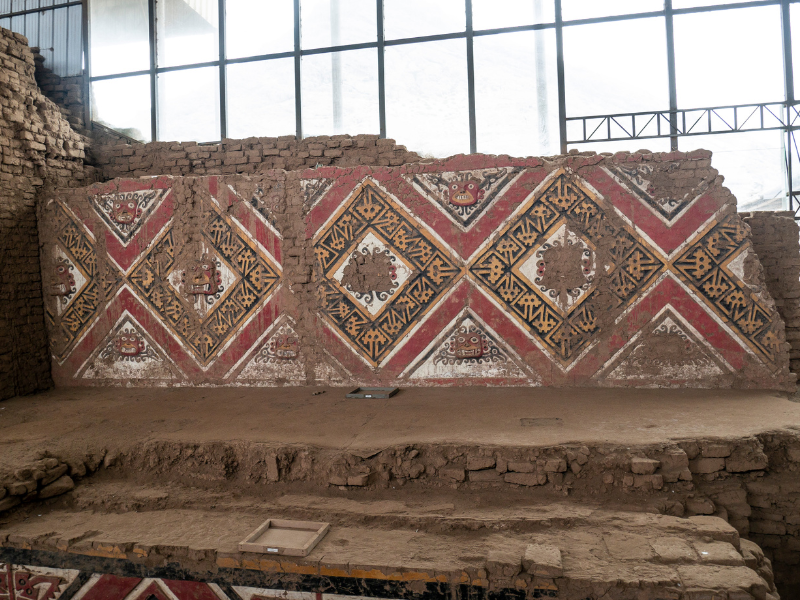
Examples of Heritage Sites in Trouble
Some examples show just how much danger these places face. The Everglades in the U.S. were first listed because of pollution and low water flow. The site was improved and removed, but in 2010 it was added again due to poor water quality. In Congo, Virunga National Park has been in danger since 1994 because of war, logging, and hunting. The Old Town of Jerusalem faces erosion and uncontrolled digging. In Austria, the Historic Centre of Vienna risks losing its look because of new tall buildings nearby. Chan Chan in Peru is breaking down from rain and illegal building. Places like the marshes of Iraq and Victoria Falls on the Zambia–Zimbabwe border are drying fast. All of these sites need urgent care.
Why the UNESCO World Heritage Sites Danger List Matters
The “In Danger” label brings attention to places that need urgent help. It often leads to new funding, expert advice, and public support. This label can also pressure governments to take action. Some countries disagree with being listed because they fear it will hurt tourism. But in many cases, the listing helps raise awareness and bring positive change. When a site improves, it can be removed from the list. That gives hope to other places facing similar threats.
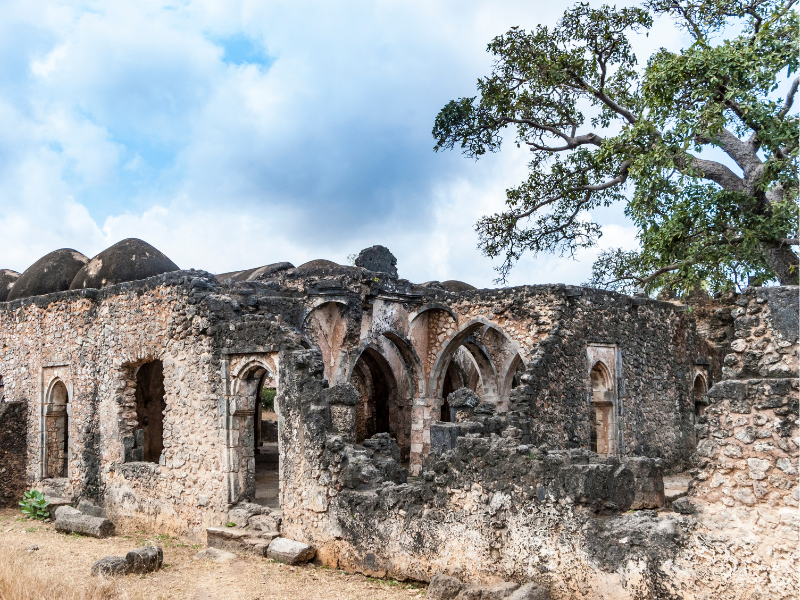
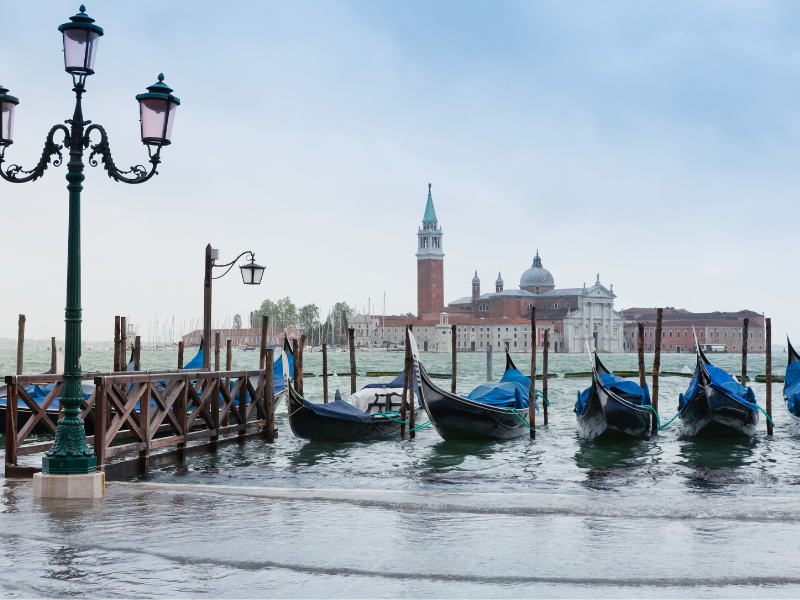
Water, Climate, and Heritage Are All Connected
Water and climate are closely linked. As the planet warms, water problems get worse. Droughts last longer. Rainstorms come suddenly and cause floods. Sea levels rise. Wells dry out. Wildfires happen more often. These changes weaken buildings and damage landscapes. For example, Chan Chan in Peru struggles with too much rain and rising groundwater. Kilwa Kisiwani in Tanzania is losing its ruins to floodwaters. Venice is battling sea level rise and salt damage. These sites were built long ago, but today they face new dangers. They now need stronger protection.
A Traveler’s View: Beauty and Fragility
When you visit a World Heritage Site, you feel the magic. But you may also see the damage. In Yellowstone, you can still see signs of the 2022 flood. In forested areas, the smell of burnt trees may still be in the air. At Chan Chan, guides show crumbling mud walls weakened by rain and sun. At the Taj Mahal, yellow stains mark the once-white marble. Tourists play an important role in protecting UNESCO World Heritage Sites. By traveling responsibly, visitors can help preserve these special places for future generations. One way to help is by paying entrance or eco-tourism fees, which often support local conservation efforts. Visiting during off-peak seasons also reduces the strain on fragile sites. Respecting signs, staying on marked paths, and not touching ancient structures all help limit damage. Travelers can also support heritage by donating to trusted organizations or volunteering with local groups. Even small actions, like using less water, avoiding plastic, or learning about a site’s history, can make a big difference.
Communities on the Frontline
Saving World Heritage Sites is a team effort. UNESCO works with local groups, scientists, and global partners. They study water levels, manage wildfires, and build flood defenses. In places like Venice and Kilwa Kisiwani, teams are building walls to keep out water. In Iraq and Egypt, river and groundwater projects help marshlands survive. Local people are often the first to act. Their knowledge, culture, and love for these places keep them going. With support from around the world, these communities are leading the way to protect our shared treasures.

A Cozy Revolution in Cat Cafés
Tucked between the scent of espresso and the sound of a soft purr, a quiet revolution is unfolding across America’s cities. From Crumbs & Whiskers in Washington, D.C. and LA to the cozy corners of Oklahoma City, cat cafés are redefining the way people connect—with animals, and with each other. These aren’t just trendy hangouts or Instagram backdrops. They’re rescue hubs, built with care, where every latte served funds a second chance, and every gentle head-butt from a whiskered friend could mark the beginning of a forever home.
In these spaces, guests don’t just sip—they participate. Whether stretching through a yoga class in Ithaca or sharing a cinnamon roll beside a rescued tabby in Tulsa, visitors become part of a mission that’s warm, caffeine-fueled, and filled with purpose.

Roam-Worthy Finds: Your Summer Travel Gift Guide
Whether you’re shopping for a seasoned globetrotter or someone embarking on their first summer adventure, the right travel gift can make all the difference. From lightweight essentials to stylish gear that goes from airport to beach with ease, this season’s picks are all about combining function with flair. Think portable comfort, sun-ready accessories, and practical gadgets that elevate any journey. These roam-worthy gifts aren’t destination-specific—they’re universally appreciated by travelers of all types. Pack light, gift smart, and make every summer trip a little more unforgettable.

Hey Parents of Fourth Graders – Your Ticket to the Great Outdoors Is Here!
The Every Kid Outdoors Pass invites all U.S. 4th graders and their families to explore national parks, forests, wildlife refuges, and more—completely free of charge. Whether you’re hiking through majestic mountains, learning history at a national monument, or spotting wildlife in protected habitats, this pass opens the door to unforgettable adventures and hands-on learning across America’s public lands.
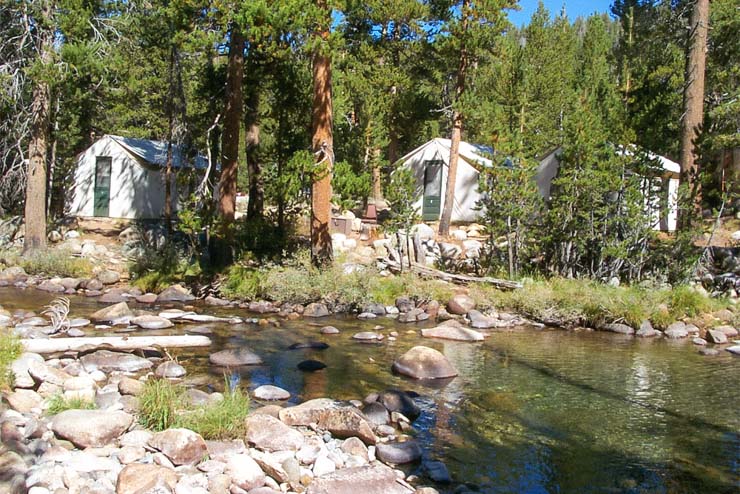
The Best Campsites Near Yosemite
Best campsites near Yosemite with RV, tent, and glamping options. Pet policies, tips, and hidden gems for your stay.
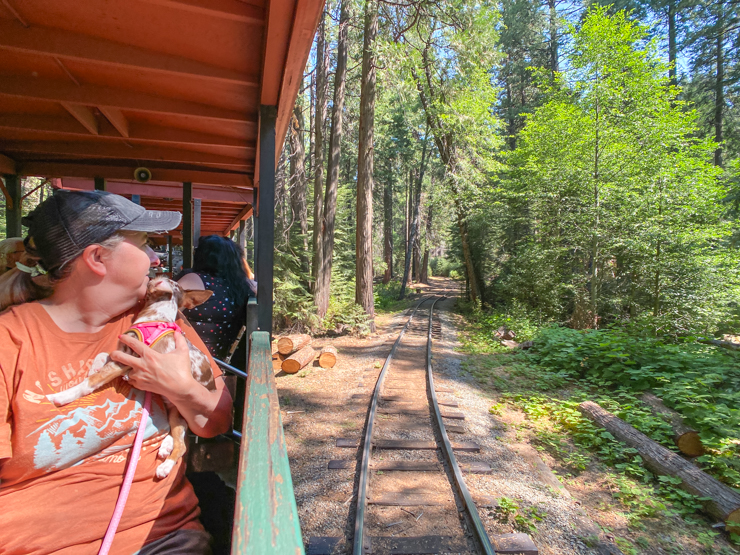
How to Visit the Yosemite Sugar Pine Railroad With Kids and Pets
The Yosemite Mountain Sugar Pine Railroad ride is Pet-friendly, fun for families, and full of scenic views.
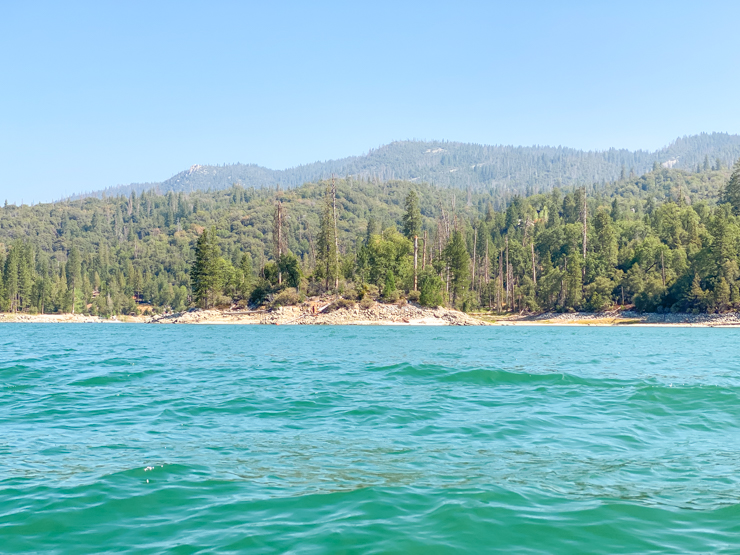
Dog-Friendly Fun at Bass Lake: Kayaking at Miller’s Landing
Planning a trip to Bass Lake? Miller’s Landing is the perfect pet-friendly destination near Yosemite. Enjoy lakeside cabins, dog-friendly boat rentals, and scenic trails where you and your furry friend can explore together. Whether you’re paddling on the water or relaxing by the shore, Miller’s Landing welcomes every member of the family, paws included.

